Omnia.7 FM Processador de Áudio
Processador de Áudio Omnia.7 FM
Captivating clarity for FM broadcasts featuring selectable FM or digital (HD/DAB+ streaming/encoding) standard. Optional simultaneous FM+HD/DAB+ streaming processing/encoding+RDS available.
- DESCRIÇÃO
- CARACTERÍSTICAS
- ESPECIFICAÇÕES
- DOWNLOADS
- GARANTIA
- Informação adicional
- Avaliações (0)
OMNIA.7FM OVERVIEW
Up to now, there have been two choices when it comes to audio processing: all the features and advanced audio-shaping tools (with a five-figure price tag), or gear that fits your budget — but made you compromise on performance and capabilities.
No more compromises. Meet Omnia.7FM, the premium, feature-rich FM audio processor that’s surprisingly affordable. But low price doesn’t mean low performance: Omnia.7FM delivers the powerful, clear and precise Omnia® signature sound that’s the first choice of top stations worldwide.
Omnia.7FM comes with a host of standard features:
- Selectable FM or HD+Streaming/Encoding
- “Undo,” exclusive Omnia technology that removes distortion and mathematically re-creates the peaks sliced from today’s poorly mastered contemporary music. Undo restores life, brilliance, and dynamic range to any type of music.
- An exclusive Psychoacoustically Controlled Distortion Masking Clipper analyzes and masks distortion perceptible to the human ear, leaving only clean, clear audio.
- A complete toolbox of sophisticated Omnia sound-shaping technology gives you the power to analyze and refine your signature sound using a variety of sonic tools ranging from loudness metering to Real- Time Analyzers to Oscilloscopes, FFTs, and more.
Simultaneous HD, Internet streaming / encoding and RDS options are also available, putting Omnia.7FM head-and-shoulders above any other comparably priced audio processor in features, performance, and value.
OMNIA.7FM FEATURES
- Selectable FM or HD+streaming standard; optional upgrade to combinations of simultaneous FM+HD+Streaming+RDS.
- Omnia-exclusive “Undo” Audio Restoration Technology
- Psychoacoustically Controlled Distortion Masking FM Clipper
- Two-band final look-ahead limiter for HD Radio and streaming
- Full Omnia Toolbox, with loudness metering, a digital oscilloscope, an FFT spectrum analyzer, and Real
Time Analyzer (RTA) - Remote client software allows full remote control of processor and all metering tools from any
Windows-based PC or tablet on the local network — including touch-screen devices - Dry Voice Detector detects speech and applies appropriate processing for clearest possible voice quality
- Built-in Speaker Calibration tool
- Multiband downward expansion (source noise reduction)
- Three-stage wideband AGC with adjustable sidechain equalization
- Program-dependent two-to-five-band multiband AGCs and limiters
- 4.3” / 10.9 cm. front panel screen
- Full remote control with audio monitoring
- HTTP push support for automation such as dynamic RDS and streaming song titles, with preset recall
- Dual, independent power supplies
- Composite pass-through (relay bypass) for backup processor
Optional Features
- Simultaneous streaming processing / encoding
- Simultaneous processing for HD Radio or DAB
- RDS encoding
OMNIA.7FM SPECIFICATIONS
Frequency Response
- +/-0.5dB 20Hz to 15kHz, 17.5kHz in extended mode
Signal to Noise Ratio
- Greater than -80dBu de-emphasized, 20Hz to 15kHz
System Distortion
- Less than 0.01% THD below pre-emphasis, in audible above
Stereo Separation
- 65dB minimum, 20Hz to 15kHz, 70dB typical
Digital Output Level
- Adjustable from -24.0dBFS to 0.0dBFS in 0.1dB increments
Stereo Baseband Output
- Adjustable from -2dBU to +22dBU (0.1dBincrements) into 600-Ohms, 20-Ohm output impedance
A/D Conversion
- Crystal Semiconductor CS5361, 24bit 128x over-sample ddelta sigma converter with linear-phase anti-aliasing filter.
- Pre-ADC anti-alias filter, with high-pass filter at < 10Hz
D/A Conversion
- Crystal Semiconductor CS4391, 24-bit, 128x oversampled
Analog I/O
- Two balanced, EMI filtered XLR connectors
Stereo Generator Connections
- Four 75-Ohm BNC female, twoinputs, two outputs
Digital I/O
- AES/EBU In&Out via XLR connectors
- Supports stereo digital audio and Omnia Direct™
Ethernet
- Shared RJ45 supporting 100 and 1000BASE-T Ethernet connections
Power Requirements
- 100-264 VAC, 47-63Hz autosensing, dual PSU
Power Connector
- Dual IEC male, detachable 3-wire power cords supplied
Power Supply
- Internal dual redundant
Environmental
- Operating: 0 to 50 degrees C
- Non-operating: –20 to 70 degrees C.
Regulatory
North America:FCC and CE tested and compliant, power supply is UL approved.
Europe: Complies with the European Union Directive 2002/95/EC on the restriction of the use of certain hazardous substances in electrical and electronic equipment (RoHS), as amended by Commission Decisions 2005/618/EC, 2005/717/EC, 2005/747/EC(RoHSDirective), and WEEE.
OMNIA.7FM IN DEPTH
“Undo”
The first step of Undo is the de-clipper, which examines and recreates audio peaks that were clipped during mastering. The second step is a multi-band expander that creates dynamic range. Clean, well-recorded audio has always been able to withstand greater degrees of processing. This was true decades ago and it’s still true (and more relevant than ever) today. An FM processor, by its very nature, compresses dynamic range and employs some form of clipping to deliver a “signature sound” and a competitively loud signal on the air. It is an unfortunate but well-accepted fact that recordings made in the past two decades have been on the decline in terms of quality, as mastering engineers seem to be waging their very own “loudness wars.”
The result is source material that is hyper-compressed right out of the jewel case with only a dB or two of dynamic range at most. As if that weren’t bad enough, the music is run through unsophisticated, brute-force clippers to make them louder still. The result is that the audio going INTO a processor today sounds more distorted than the audio coming OUT of an FM air chain 10 years ago! Before it even gets touched by the compressors, limiters, and clippers in the processor itself, it has been damaged. Rip a track from the modern CD of your choice and look at the waveform in your favorite editor if you need proof. Processors add more distortion still, and the resulting “music” heard on the air is nearly unlistenable. By repairing the damaged audio first, “Undo” gives Omnia.7FM cleaner and more dynamic audio to work with, which can better stand up to the rigors of on-air processing. The result is a clean, dynamic, and listenable sound on the air. In fact, audio processed by Omnia.7FM often sounds far better than the original CD.
Psychoacoustically Controlled Distortion-Masking Clipper
Clipping is typically the final stage of an FM processing chain. The majority of clipping is usually done in the final L/R audio, with additional, optional clipping available in the composite signal. The final clipper is also where the classic (and oft dreaded) “loud v. clean” tradeoff is made. When more clipping is used to gain loudness on the dial, clipper distortion becomes more and more pronounced. The clipped peaks fall back into the audio and manifest themselves as audible distortion.
There are ways to get around that problem, but they come at a price. You could back down on the clipper drive to clean up the sound, but then you lose loudness. Or, you could put more of the “heavy lifting” on the compressors and limiters preceding the clipper, but that results in an overly busy, dense sound that robs the music of life and causes listener fatigue. Some processors HAVE to resort to building excess density in the dynamics section because their simple or old-technology clippers simply aren’t up to the job. The Omnia.7FM identifies clipper distortion and uses a proprietary psychoacoustic-controlled algorithm in the composite signal to mask it, effectively eliminating it from the final audio. It is so robust that it boasts an additional 3dB of high-frequency headroom and is capable of 140% L/R modulation within 100% total modulation. That means Omnia.7FM can be significantly cleaner for a given loudness level or substantially louder for a given level of quality. It comes closer to eliminating the “either/or” compromise than any other processor on the market today.
Omnia Toolbox
When Leif Claesson was first creating Omnia.9, he knew that having diagnostic and measurement tools would be necessary. The original plan was to keep them in place only for development, but he quickly realized that engineers would find great value in them as well, and decided to leave them in place.
The Omnia.7FM carries on the tradition!
Audio processing is largely a “hearing” process, but there is much to be learned by seeing what your adjustments are doing to your sound as well. Some stations still have an oscilloscope on the test bench or a spectrum analyzer at the transmitter, but it’s not always convenient (or possible) to hook up a processor to them while it’s on the air.
Even if you did so, you’re pretty much limited to monitoring only the composite output of your own station’s processing. Also provided as part of the Omnia.7FM, it means there’s no extra test equipment to buy (‘scopes and analyzers aren’t cheap) and no cables to hook up. It also means you can visually monitor the signal at the input, the output, and dozens of other points throughout the processing path so you can tell what’s happening to the audio every step of the way. As an added bonus, Omnia.7’s composite inputs can be fed from a calibrated tuner or frequency-agile mod monitor so that you can monitor the other signals in your market, too!
In addition to these tools, Omnia.7FM also includes RTA and speaker calibration tools to further assist with monitoring and fine-tuning your processing. While it is certainly good practice to listen to your station on a variety of radios and speakers as you adjust your processing, it is also good practice to have at least one set of calibrated speakers available. Otherwise, the changes you make to your processing will be influenced by listening to speakers that don’t accurately reflect the frequency response of your processing adjustments. By adding an inexpensive calibrated microphone and using the included pink noise generator and RTA, you can quickly and easily calibrate a set of speakers to use as a reference as you adjust your sound.
Speaker Calibration
If you make decisions about your processing on uncalibrated monitors, you are making choices that are influenced by the differences in frequency response present in every speaker, not to mention the coloration imposed by the room in which you are listening. Simply put, you’re dealing with subjective, not objective, information. By using the pink noise generator and RTA built into Omnia.7FM and adding an inexpensive calibrated microphone, it is possible to calibrate any speaker system to deliver as flat a response as the speakers themselves will allow (small speakers still won’t reproduce low frequencies as well as larger ones – the laws of physics still apply after all). With speaker and room influences
removed from the equation, you are in a position to adjust your audio based only upon “the facts.” When explaining this process to someone in person, this is the point in the conversation where they inevitably say, “But listeners aren’t hearing my station on calibrated speakers! They’re listening in their cars, at their computer, and through cheap ear buds, so I should too!” It’s true — that’s exactly how your listeners are hearing your station in the real world, and why it is always important to listen on a wide variety of radios in many different environments. But adjusting your processing this way is a shortcut to a lot of tail-chasing frustration and lousy audio.
Let’s say you listen first in an inexpensive compact car with a typical factory stereo. You notice there isn’t much bass, so you adjust your processing to deliver more low end. It sounds good. Then you move into a high-end luxury car with 10 speakers and a subwoofer, and the bass is muddy, boomy, and overwhelming. Why? Because you adjusted the bass in the processor to make up for deficiencies you thought were in your processing, but in fact were in your speakers! Having at least one pair of high quality, calibrated speakers to go back to as your reference will dramatically improve your on-air sound, save you valuable time, and help preserve your sanity at the same time. (Don’t worry – there are still plenty of people at your station to chip away at your mental well-being — we just don’t want to be among them!).
Dry Voice Detector
We know that the human voice can present a tough challenge to an FM processor. If it’s bare voice — that is, voice alone with no music mixed underneath — any distortion created in the processing really stands out. We also know that all-out loudness comes at a price: At some point, you have to give up “clean” to get “loud.” Even Omnia.7FM’s psychoacoustically controlled distortion-masking clipper, which really minimizes the dreaded “clean v. loud” tradeoff, can reveal some distortion on dry voice when the overall processing is set up to really push for loudness. So ensure clean voice quality in these situations, the dry voice detector first determines that the incoming audio is actually bare voice. It then automatically and inaudibly transfers more of the “heavy lifting” to the compressor and limiter sections, thereby reducing the amount of overall clipping needed to maintain the same level of loudness.
Remote Client
Every modern processor provides some means by which to control it or adjust its settings remotely, which is handy if the processor is at a transmitter site miles (and often mountains) away from the studio. Most employ web-based interfaces, which on the surface sounds convenient because it allows you to remote in from a browser on any computer at any location, but even the best of them fall short when it comes to a great user experience. They require browser plug-ins, typically feel “laggy” when viewing meters or adjusting controls, and don’t always have the same look and feel as the front panel interface. Omnia.7FM’s client software delivers exactly the same experience whether you’re standing in front of the processor or controlling it from your PC or tablet. If you have Omnia.7FMs on more than one station in your group (who can buy just one?) you can connect to any of them through a single connection window, and can run multiple remotes simultaneously.
Provided your connection has sufficient bandwidth, you can even stream audio from various patch points within the processing chain back to the client computer. This allows you to hear what effect your adjustments have on your audio in the environment of your choice instead of a rack room or transmitter building, locations which almost never have decent monitors but offer noise in abundance!
BROCHURE
MANUAL
SOFTWARE
WHITE PAPERS
Informação adicional
| Marcas |
|---|

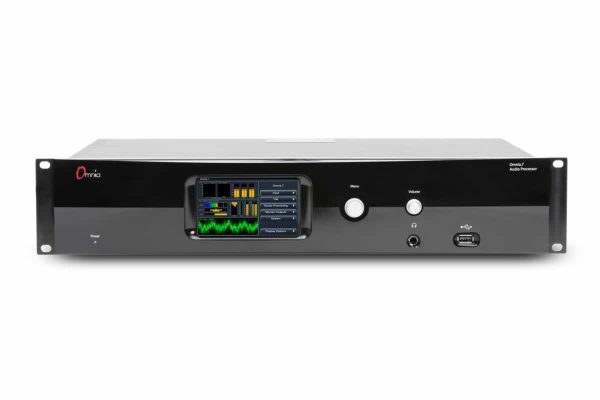
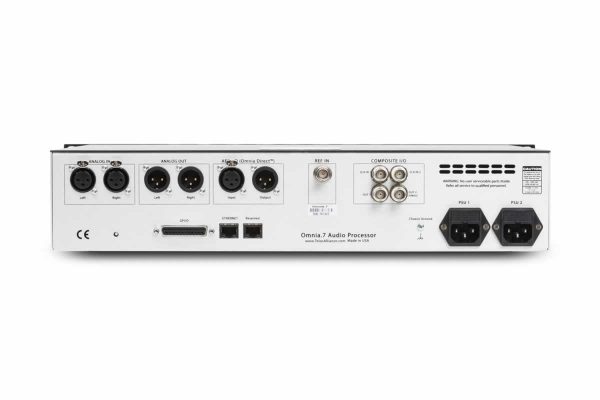
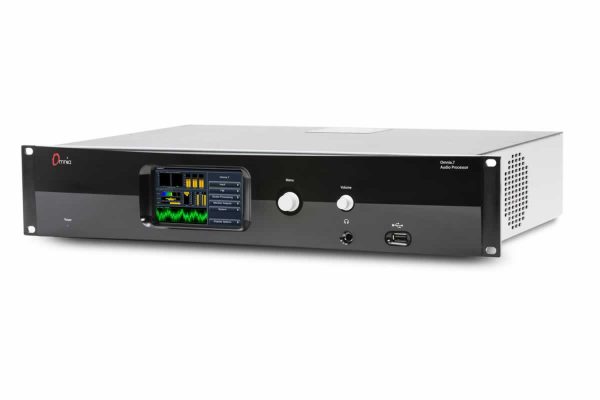
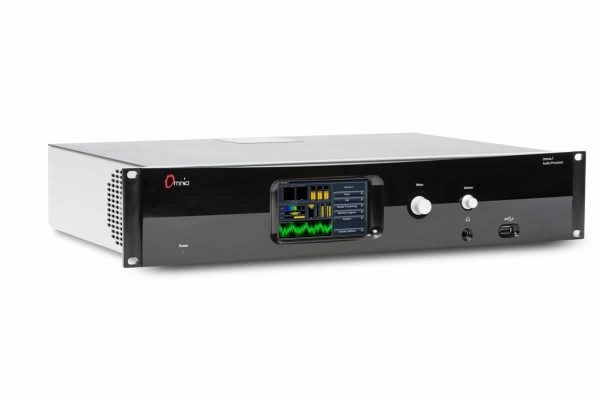
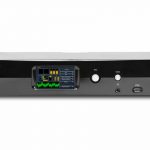
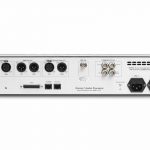
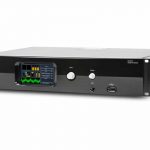
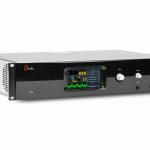
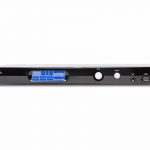
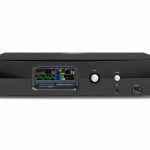
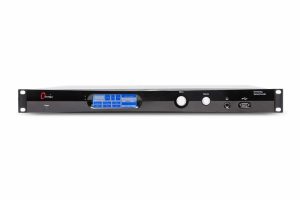
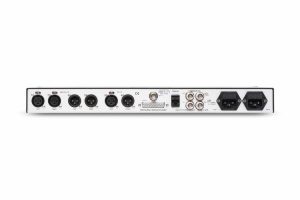
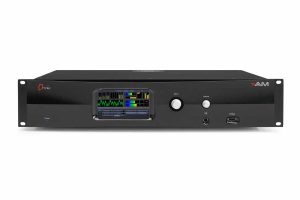
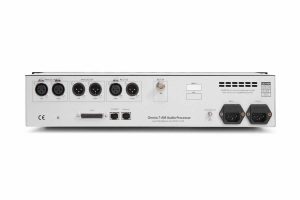
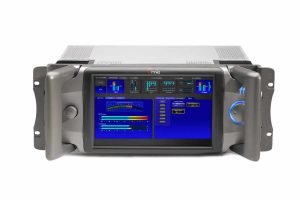
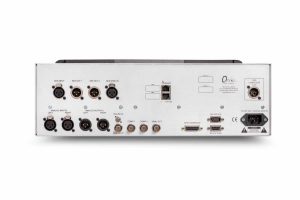
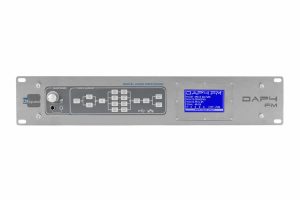
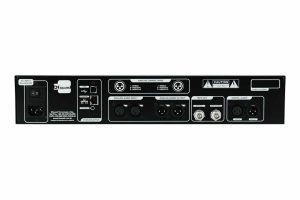
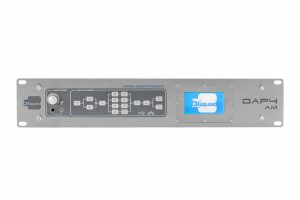
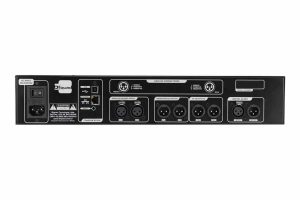
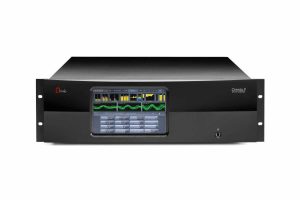
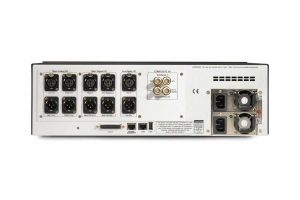


Avaliações
Não há avaliações ainda.